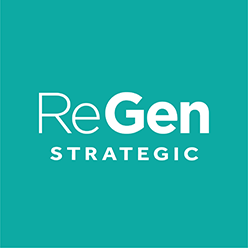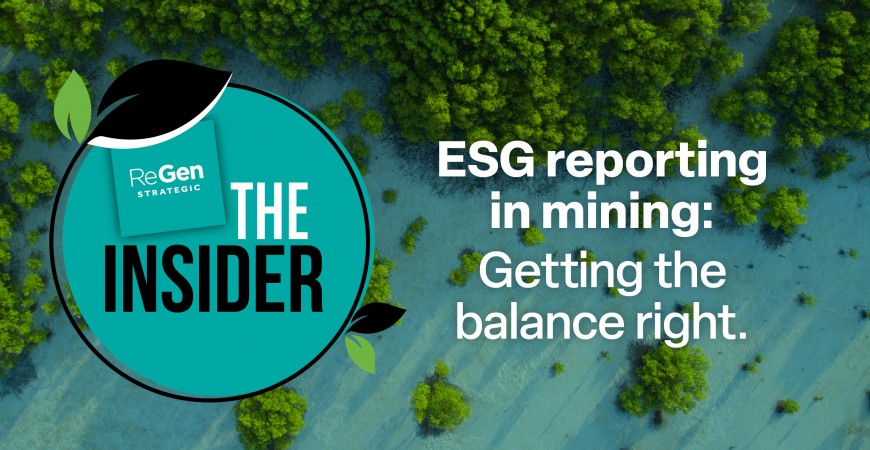The recent review of the JORC Code recognised the increasing relevance of environmental, social, and governance (ESG) factors for the mining sector. While the updated draft may reflect a step back from embedding ESG directly into resource and reserve reporting, this presents an opportunity to position ESG where it delivers the most impact.
ESG considerations remain critical, but they should be applied in a way that enhances decision-making and project value, rather than creating unnecessary reporting burdens. The goal is to integrate ESG meaningfully, so it drives better outcomes for stakeholders, the environment, and long-term economic performance
ESG Shouldn’t Be a Footnote. It’s Fundamental to Sustainable Mining
Mining is an essential part of the global economy, supplying critical minerals for decarbonisation, infrastructure, and technology. Yet its environmental and social footprint remains significant. From land disturbance, water use, and tailings management to community impacts and Indigenous rights, the sector operates at the intersection of high environmental risk and complex social dynamics.
That’s precisely why ESG reporting is not a “nice to have.” It’s central to managing risk, maintaining a social licence to operate, and building long-term resilience. Leading global standards such as the new Global Reporting Initiative’s Sector Standard for Mining, International Sustainability Standards Board’s (ISSB) International Financial Reporting Standards, and the International Council on Mining and Metals’ Mining Principles demonstrate the direction of travel: consistent, transparent, and investor-grade sustainability disclosure is rapidly becoming the norm.
Ignoring or sidelining ESG considerations is not an option for a sector that must navigate climate, reputational, and geopolitical pressures while meeting demand for transition-critical minerals.
JORC and ESG: Separation Is Sensible, Not a Step Back
The proposed update to the Joint Ore Reserves Committee (JORC) Code includes a recommendation that ESG factors should be considered as important to disclose as technical and economic considerations. These proposed changes have sparked a practical debate within the industry - should ESG disclosures be built into the JORC Code (the technical standard for public reporting of mineral resources and reserves in Australia)?
While recent JORC Code draft revisions proposed including ESG factors as modifying elements, the industry has since pulled back, citing concerns that such additions could dilute the Code’s core technical focus. JORC was designed for geological and economic reporting, not broad social or environmental risk communication.
And this is a valid concern.
Merging ESG into a technical code, risks confusing audiences and undermining the integrity of both domains. Investors, analysts, and regulators rely on JORC for precise geological estimates; not for narrative ESG positioning. Similarly, ESG data requires different metrics, sources, and assurance processes that are better governed through dedicated sustainability frameworks.
This is not a retreat from ESG; it’s a refinement. A recognition that ESG must be reported but through mechanisms fit for purpose.
ESG Needs Structure, Consistency, and Accountability
The mining industry has made progress on ESG, but challenges remain. Too often, ESG disclosures are patchy, non-comparable, or overly high-level. Many companies report at a corporate level while leaving site-specific issues where impacts are most felt if left unaddressed.
This is where frameworks like GRI 14, the ICMM Mining Principles, and the Initiative for Responsible Mining Assurance (IRMA) are so critical. These initiatives aim to unify reporting standards, streamline requirements, and support disclosure at both the operational and corporate levels.
They bring rigour, comparability, and independent verification; essential qualities needed to prevent ESG from becoming a greenwashing or PR theatre.
Importantly, many of these frameworks are being developed with broad stakeholder input, including communities, investors, industry, and civil society. This is key to ensuring ESG disclosures are meaningful and credible.
Done Right, ESG Reporting Adds Real Business Value
There’s a persistent myth that ESG is a cost centre. In reality, well-managed ESG systems help reduce risk, secure financing, improve operational performance, and build trust. Investors increasingly scrutinise ESG performance as part of due diligence. Insurers factor it into coverage terms. Communities view it as evidence of good faith.
Beyond compliance, ESG can drive innovation and more resilient supply chains. It allows mining companies to identify and act on long-term risks early whether related to climate change, water scarcity, workforce health, or reputational harm.
But to deliver these benefits, ESG must be integrated into strategic planning and decision-making, not bolted on after the fact.
The Way Forward: Clear Roles, Strong Frameworks, No Complacency
To make ESG work in mining, the sector must move toward structured, well-governed sustainability reporting that complements, not complicates technical disclosures like JORC. This means:
1. Preserve the purpose of the JORC Code: Let it focus on geological and economic rigour, without diluting its purpose.
2. Strengthen ESG through specialist frameworks: Adopt and align with global standards like GRI, ISSB, ICMM, and IRMA, for credible ESG disclosure.
3. Invest in systems and people: Ensure robust site-level data collection, independent audits, community engagement, and grievance mechanisms.
4. Link ESG to core business outcomes: Tie ESG performance to executive incentives, capital access, risk assessments, and operational planning.
5. Make closure planning central: Begin mine closure thinking at the earliest stage not the last and integrate social, environmental, and economic considerations.
 ReGen Strategic
ReGen Strategic